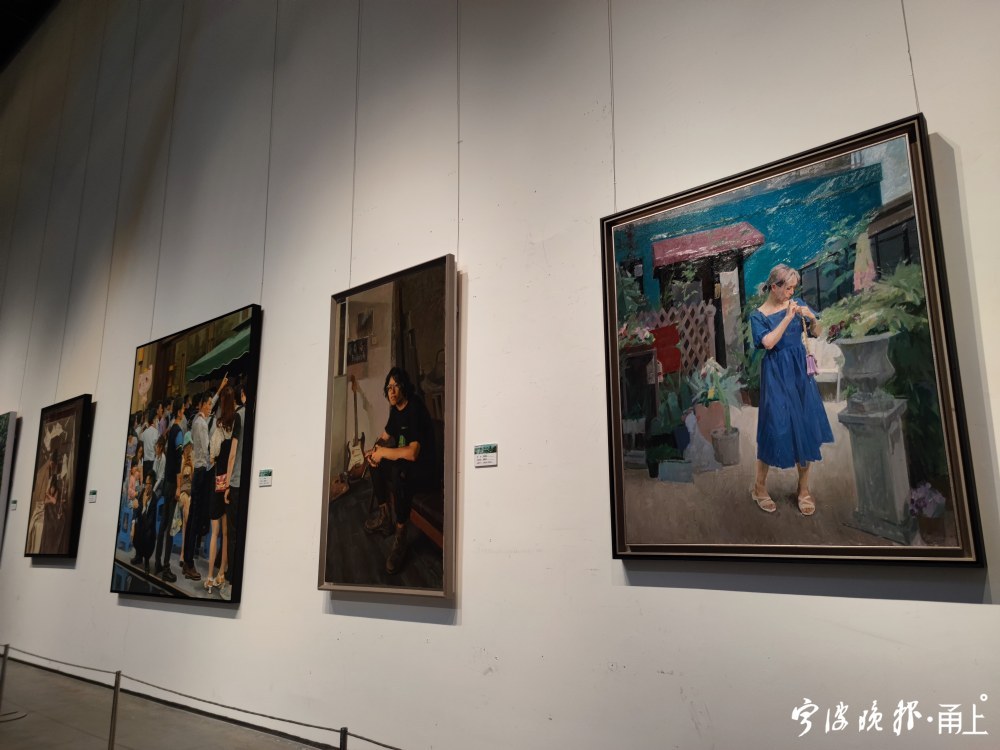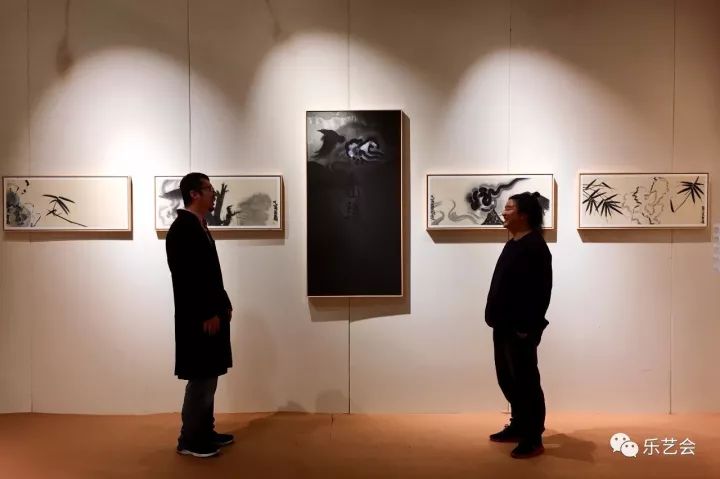Juntong's source of living water, nourishing cultural innovation
Author:Guangming Daily Time:2022.09.02
The "Fourteenth Five -Year Plan" Cultural Development Plan (hereinafter referred to as the "Plan") has been issued recently, anchoring the line to promote the vision target of a strong socialist cultural country. The full text of the "Planning", continuing to strengthen the inheritance and development of the excellent traditional culture of China is a major task of the country, with profound practical significance.
Culture is the soul of the country and the nation, and the soul of national governance. The excellent traditional culture of China is undoubtedly gathered by the foundation of Chinese culture and the Yuanshen. At present, the world of civilization dialogue is more urgent, and the level of civilization exchanges and mutual learning is becoming more and more demanding. Based on the national conditions, the people's needs for a better cultural life are increasing. ; Focusing on the party's sentiment, the Party Central Committee attaches more and more attention to the progress of the Chinese civilization exploration source project, and the requirements for providing theoretical support for the construction of new forms of human civilization are becoming increasingly clear. In this regard, the "Planning" has been made in detail from multiple aspects, which is based on the long -term, firmly, the whole region, and the development of the whole region and develop steadily.
Strengthening the research and interpretation of Chinese excellent traditional culture is fundamental. In -depth study of the origin and characteristics of Chinese civilization and Chinese culture, and the concept system of building Chinese cultural genes. This is a major basic topic of our consciousness of the Chinese nation community and improving the diversified pattern. Feng, but there are still many problems that need to be solved. For example, as the core of the Chinese civilization and the leader of the two miles of the Xiadu site, the archeological empirical results in recent years have outstanding achievements, but how to fully extract, disclose and explain the relevant information of the site, and to refine the path and characteristics of the development process of Chinese civilization in a timely manner. To break the question. For example, in the history of the development of Chinese civilization and even the development of human civilization, the epoch -making Yin Ruins are the earliest mature text system found in China to date, the source of Chinese characters, and a symbol that carries the historical memory and cultural passwords of the Chinese nation. How to trace the text of the Chinese nation to form a history of forming a history of the human desire system is still a long way to go. As above, it is related to the research of ancient civilization theory, creating theoretical schools with Chinese characteristics, interpretation of Chinese road theory, and deepening civilization exchanges and mutual learning. Essence
Strengthening the use of cultural relics is basic project. Since the 18th National Congress of the Communist Party of China, the cultural relics industry has been greatly developed. The protection of cultural relics has gathered new consensus, cultural relics protection and archeology, and new results, cultural relics museums to show new images, cultural relics governance capabilities and management levels. It is not easy for achievements to consolidate. Therefore, the "Plan" clearly emphasizes "the concept of protecting the responsibility of historical and cultural heritage and enhanced the awe of historical cultural relics." Value, effective use, and let cultural relics live "." It is worth noting that in terms of the reasonable use of cultural relics, the "Planning" pointed out that "the construction of national archeological sites parks, cultural relics protection and utilization demonstration area, cultural heritage corridor, and promote national cultural landmarks and Chinese civilization logo systems with cultural relic resources as the carrier. ", Zhao shows the new path of future cultural security development. For example, the construction of large sites, the work is an innovative project with a wide range of cultural heritage protection and utilization project involving a wide range of, high investment, and benefiting people's livelihood. Especially for cultural provinces such as Henan, Shaanxi, Shandong, Shanxi, Jiangsu, and Hubei, the prospects are very broad. Another example is the construction of the museum group. Taking Luoyang City as an example, the city currently has a total of 102 museums, 48 state -owned, and 54 private privileges, including the large -scale museums covering the dynasties of the Xia, Shang, Hanwei, Sui and Tang dynasties, etc. The public better understands and grasp the evolution of Chinese historical geography and civilization, provides vivid and rich cases, and also provides rich experience in promoting the construction of museum groups.
Strengthening the protection and inheritance of intangible cultural heritage is a key task. The protection and inheritance of intangible cultural heritage is an extremely important and imminent work. After the continuation of the 18th National Congress of the Communist Party of my country, there are more than 100,000 non -heritage representative projects at all levels in China, of which national -level non -heritage representative projects 1557 items; more than 90,000 representative inheritors at all levels, of which 3062 representative inheritors of the national -level non -heritage. Similar to the cause of cultural security, talents are the key factor of non -heritage protection and inheritance, and it is also a constraints. In recent years, it has also faced problems such as insufficient total amount, incomplete knowledge structure, and the need to be improved by evaluation incentives. Based on this, the "Planning" proposes to build 30 national cultural ecological reserves, 20 national non -heritage halls and a group of special non -heritage halls to strengthen the training of non -heritage talents, which is a timely and pragmatic measure. The common efforts of hardware and software are expected to further promote the "cultural relics in the museum", "inheritance on the vast earth" and "text in ancient books".
Promoting the construction of national cultural parks is the latest task. The "Planning" proposes to integrate important cultural resources such as the Great Wall, the Grand Canal, the Long March, the Yellow River, and the Yangtze River, and strengthen the true and complete protection and inheritance of cultural relics and non -heritage. This is a large project with a public cultural carrier with a specific open space to concentrate the creation of important signs of Chinese culture. "National Cultural Park" is a brand new method, which is very high. In short, "China" is the bright background of the National Cultural Park; "Culture" is the inner soul of the National Cultural Park; "Park" is the basic positioning of the National Cultural Park. The construction of the National Cultural Park is undoubtedly under the background of national rejuvenation, cultural power, and tourism development. It is a narrative construction from the meaning of the three words of "national", "culture" and "park". Because the "Fourteenth Five -Year Plan" is the opening period of the construction of the National Cultural Park, the "Planning" specially deployed the key, key construction demonstration zones and management pattern of the five major parks along the five major routes, which is of great practical significance. During the "Fourteenth Five -Year Plan" period, it was a critical period to promote the construction of socialist culture and create a glorious world of light. The excellent traditional Chinese culture has an irreplaceable and important role in it. As the work principles emphasized in the "Planning" are stated: "adhere to the ethics and the innovation." Tracing the long -term tradition of living water, keeping its positive pulse, and integrating the times, the Chinese civilization will definitely draw a lot, and it is changing with each passing day.
(Author: Wang Xuebin, a professor at the Department of Culture, History, History and Research of the Party School of the Central Committee of the Communist Party of China, the Chief Expert of the Central Party School Innovation Engineering Project "Chinese Civilization and China Road Research"
- END -
The exhibition of oil -saving paintings is held in Yongyi, and Xu Jiang, vice chairman of the Chinese Federation of Literature as the Federation: Ningbo is completely conditional to create an oil painting art highland

"Nothing to Innovation -Jiang Feimo Ink Works Exhibition": Xuan Bird Lingshan Xiangyun and Mozhu

Nothing to Innovation -Jiang Feimo Ink Works ExhibitionXuan Bird, Lingshan, Xiangy...